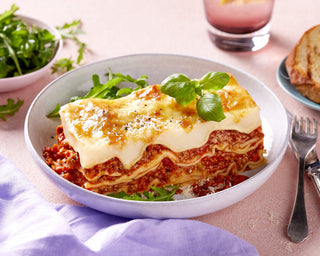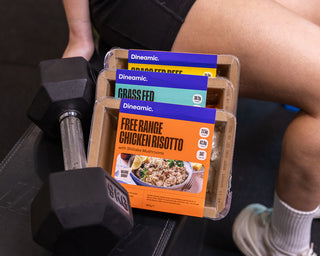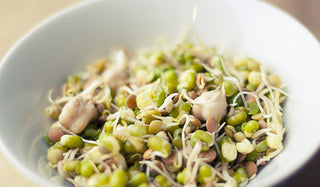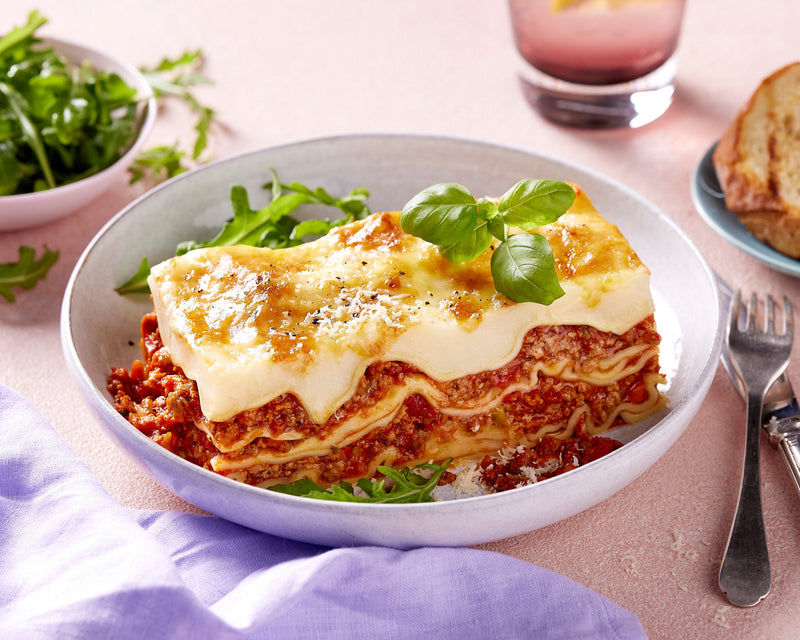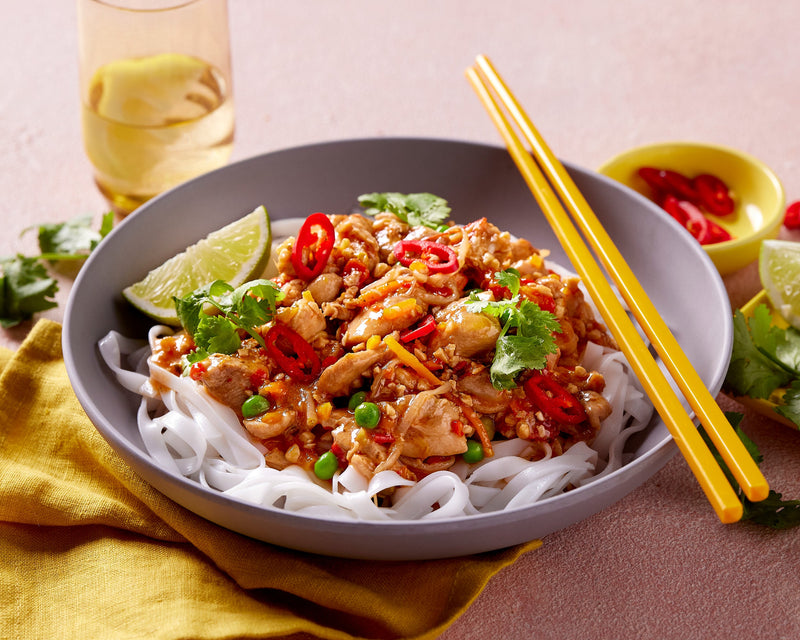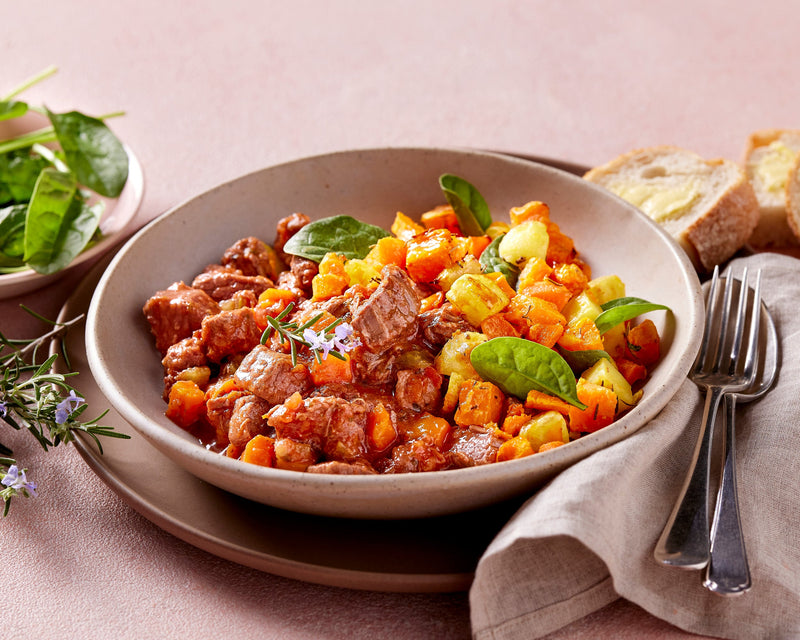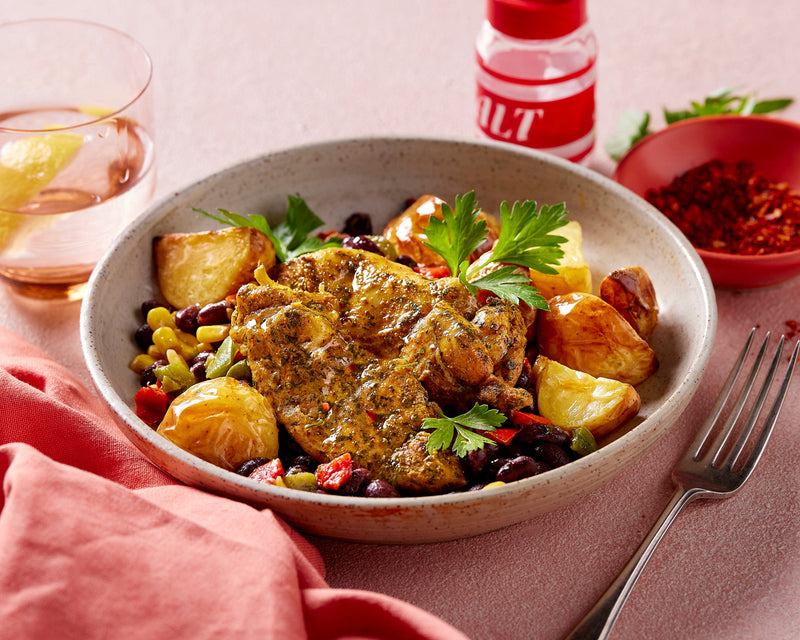Why pulses?
Are pulses really that important that they deserve to have a whole year devoted to them courtesy of the United Nations? You bet! And here’s why: pulses are not only a nutritional powerhouse, but they have important consequences for environmental sustainability and development too. The major themes of the International Year Of Pulses (IYOP) 2016 are to create consumer awareness, improve food security, increase market access for farmers and boost productivity and sustainability. Ok, I get it - they're important... but what exactly are they? Pulses are a group of foods that come under the legume family. A legume is any plant’s edible seed that is enclosed in a pod. Pulses include peas like chickpeas, lentils, and beans like, fava beans, kidney beans and mung beans. Pulses are high in protein and soluble dietary fibre. They are a source of the low GI carbohydrate and contain a good mix of vitamins and minerals and other phytonutrients which have antioxidant activity. All pulses are gluten free and have been shown to help manage both cholesterol and blood glucose levels. Check out Grains and Legumes Nutrition Council of Australia, for more information on their benefits.
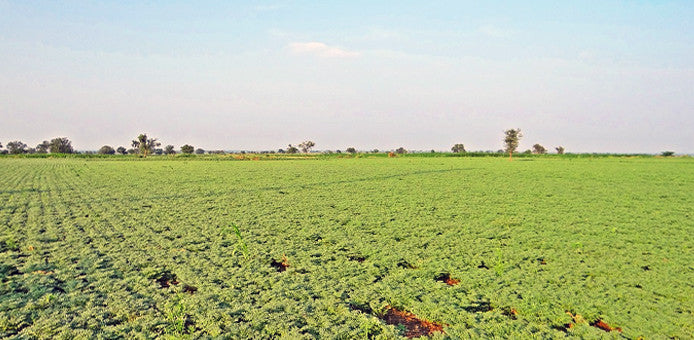
Pulses also have a positive impact on soil quality because they are a nitrogen-fixing plant. This means that they release nitrogen in the soil, making it available for other subsequent crops and acting as a fertilizer. This contributes to higher yields in subsequent crop rotations. Pulses are quite unique among other crops, as they draw their own nitrogen from the air with the help of a specialised bacteria, so do not require the same application of nitrogen fertiliser as other crops.
So, why do the 'health-gurus' love them so?
Well we're glad you asked! We reached out to some of our favourite dietitians, nutritionists and wellbeing industry professionals, to find out why they love pulses.
Rebecca Gawthorne (nourish_naturally) is an Accredited Practising Dietitian, Accredited Nutritionist and a member of the Dietitians Association of Australia. "Pulses, which includes beans (e.g. kidney beans), peas (e.g. chickpeas) & lentils, are nutrient-rich powerhouses that have health benefits ranging from improved gut function to reduction in cognitive decline. Pulses are an excellent source of protein, iron, calcium, fibre, unsaturated fats & low GI carbohydrates and provide sustained energy for your muscles & brain."
Sally O'Neil (thefitfoodieblog) is author of The Fit Foodie Blog, a hub for all things healthy, fit, stylish, aspirational and influential. "'I love to incorporate pulses into my diet - they’re a versatile and cheap way of amping up the nutritional profile of any meal. You can even add them to desserts - use chickpeas to make a delicious cookie dough, or black beans in healthy brownies." "Pulses are a great source of protein and iron - particularly important for vegans and vegetarians. The high fibre in pulses also helps to create a feeling of fullness, which means we eat less overall. Great for people who are prone to snacking!"
Alison Morgan (relauncher_alison) is a Specialist Health & Wellness business coach and founder of The Relauncher. "Pulses are gluten-free which is particularly appealing in today’s modern society where so many people are avoiding gluten products. Pulses add fibre, protein, and a range of vitamins to assist with a balanced diet."
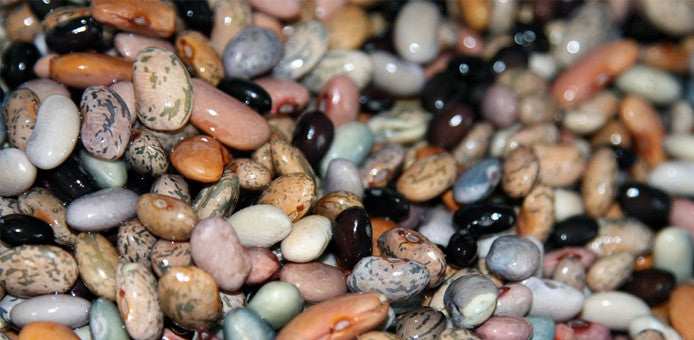
Pulses simply do not get the attention that they deserve! The Australian Dietary Guidelines advises to include pulses as part of the vegetable and meat groups. They are inexpensive easy to cook and packed full of nutrition. Being dried or canned means that you can keep them on your shelf for a long time The Australian Dietary Guidelines recommend that Australians eat pulses as part of a well balanced diet — you can include pulses in your diet everyday especially if you are a vegetarian or vegan.
But what's the catch, are there any negatives?
If you’re not used to including pulses as part of your diet, then it’s best to start off slowly. Due to the high dietary fibre content they can cause digestive discomfort in some people. Often these effects will reduce as your body becomes used to digesting them, however it can help to soak and rinse your pulses well before using them in cooking or eating them straight from the can. If you’re using the canned variety, make sure you rinse them well before eating. This will help cut down your sodium intake as most of the brine that they are stored in will be washed away. Rinse them for at least 10 seconds under running water, and allow to drain for two minutes.You've sold me, how do I use them?
Pulses generally come in either two ways; dried or canned. Canned options will be already cooked and ready to eat, whereas dried will usually require soaking before cooking. Pulses such as chickpeas and beans are best soaked overnight before cooking, whereas smaller varieties such as red lentils and French lentils do not require soaking. Dried pulses are cheaper to purchase and are generally lower in salt, however they do require some preparation. A good idea is to have both options on hand, so that when you are really pressed for time, you can grab the can if need be. Once cooked, you can freeze pulses and use when needed. You can add them to a soup, a salad, make hummus, baked beans, patties for veggie burgers, you can even use them in desserts. Black beans make a great brownie with a lovely texture! Notice that different pulses all have a different flavour profile too, they don’t all taste the same!
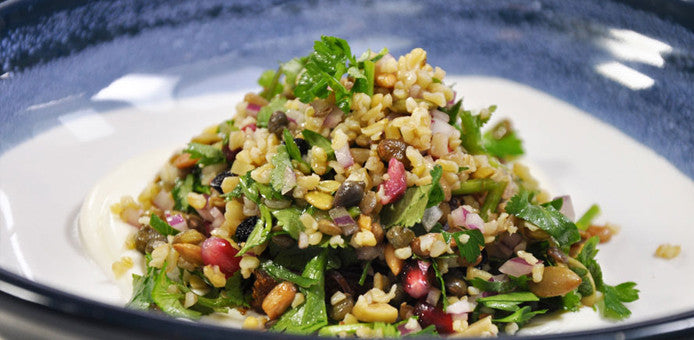
Hellenic Republic’s Cypriot Grain Salad
From George Calombaris' popular restaurant and always a crowd pleaser that's guaranteed to go down well! If you can’t find Puy lentils you can substitute for whole brown or green lentils instead, just not red lentils as they break down when they cook instead of holding their shape.

